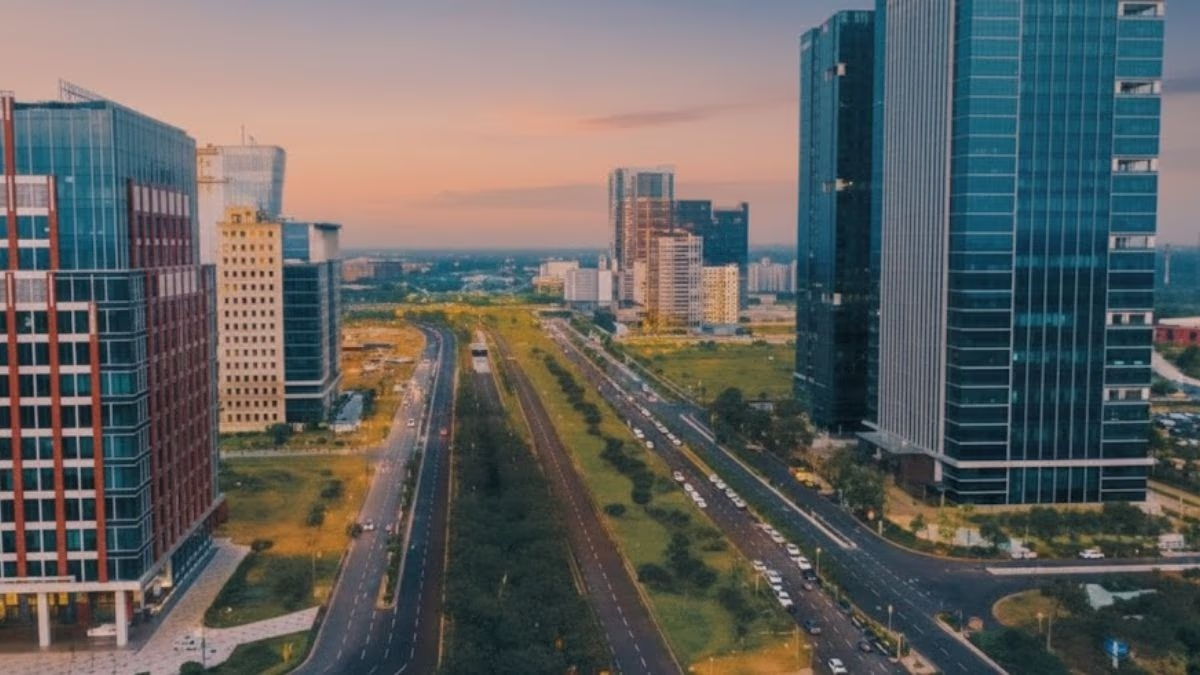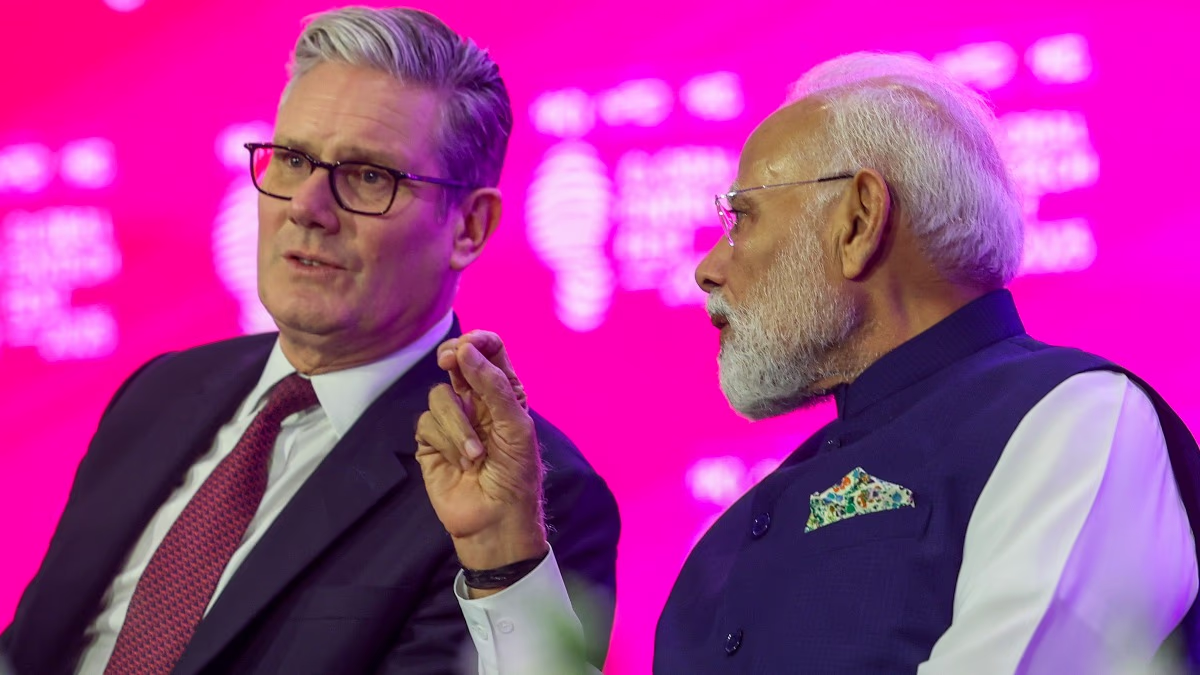The Gujarat International Finance Tec-City (GIFT City), located on the banks of the Sabarmati River in Gandhinagar, was envisioned to rival global financial hubs like Singapore and Dubai. This city of towering skyscrapers was built with great expectations and economic potential, yet the reality tells a different story. Instead of the brilliance and bustle it should radiate, it appears lackluster.
Today, its impressive towers and wide roads appear deserted. A significant concern is that the residential buildings, envisioned with the 'walk-to-work' dream, remain unattractive to homeowners. People come for work but do not stay to reside. Why has this ambitious project in India not thrived to its fullest potential? The reasons are not just limited to tax incentives but extend to fundamental workforce and lifestyle challenges.
The number of vacant homes in GIFT City is alarming, hindering its residential development. According to recent real estate reports, as of July 2025, GIFT City had a total residential supply of 3,168 units, out of which about 2,100 units were still unsold.
The Burden of High Prices:
One key reason homes are unsold is pricing. Developers in GIFT City do not buy land directly but bid for development rights. Predictions of future demand led developers to bid so aggressively that the cost of residential land nearly doubled. This high land price directly impacts buyers, making apartment prices much higher compared to Ahmedabad or neighboring areas, making it difficult for the average working person to afford.
According to a recent study by PwC India, the main challenges slowing GIFT City’s progress are these.
High Job Turnover:
Employees soon leave their jobs, indicating a high job-switching rate. Employees prefer moving to established cities like Mumbai, Bangalore, or Delhi, seeking better salaries and lifestyle.
Lower Salaries:
Workers here receive lower salaries compared to other major cities.
Lack of Social Amenities:
An international financial center should offer social and recreational facilities (such as premium restaurants, malls, cinemas, and active nightlife), which are lacking here. Employees still have to travel to Ahmedabad for a good lifestyle.
As a result, many working in GIFT City prefer to live in Ahmedabad and commute the long distance daily. This leaves GIFT City deserted at night, with demand for homes limited to rentals, not purchases.
The concept of GIFT City was born nearly two decades ago, in 2007, when Narendra Modi was the Chief Minister of Gujarat. Today it houses global offices of major companies like Google, IBM, and SBI, and has provided employment to over 30,000 people. It is designed as a complete city, zone-wise.
Narendra Modi, then Chief Minister of Gujarat, launched GIFT City with an ambitious vision.
Global giants like Google and IBM opened offices, drawing significant workforce participation.
Acknowledgment of residential challenges and workforce retention issues came to light.
Policies were adjusted to make GIFT City more attractive to residents and businesses alike.
Commercial and Finance Zone:
Banks, international exchanges, insurance companies, and financial institutions operate here, enjoying several tax benefits.
IT Zone:
This area is dedicated to tech companies and Global In-House Centers (GICs).
Residential Zone:
High-rise towers are being constructed to accommodate employees.
Social Zone:
Includes schools, hospitals, hotels, and retail services.
The infrastructure of GIFT City is impressive, but until it evolves into a vibrant and comprehensive residential hub, it will continue to face the challenge of being an empty masterpiece.




